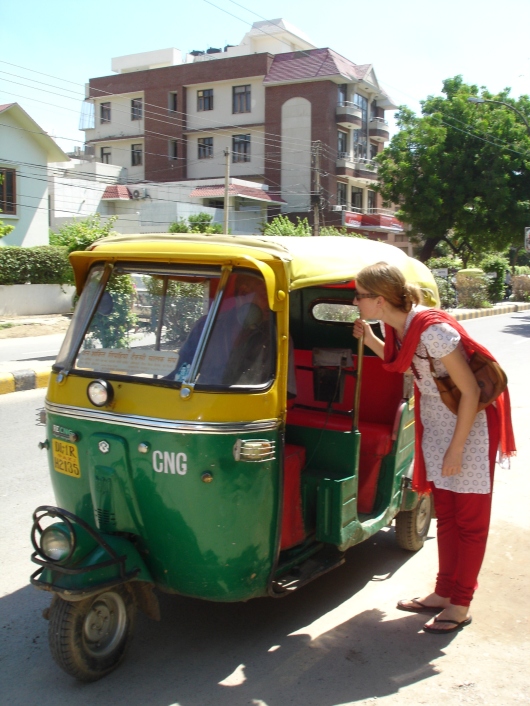I am a migrant to Bangalore. I had to follow my son who secured his employment in the Bangalore’s IT industry. Though my home- town is Chennai and my roots in that city are half a century old, domestic compulsions made me migrate to the city of Gardens and my home, in this city, is very close to the largest of the gardens, the Lalbagh. Thus Bangalore has become my second home and Bangalore is no different from other metros – bumpy roads, impatient driving, traffic jams, indifferent public, greedy auto drivers, corrupt politicians etc. etc.
After my retirement from the central bank of India –RBI, I spend most of my time in reading, mostly the newspapers and of course watching the News channels and the talk shows. The news item on JM programme on Citizen Journalism which appeared in Bangalore Mirror, somehow, escaped my attention. It is my caring wife who pointed out the news and encouraged me to attend the event and today I am here participating in the event. I am very happy that I am back in the class room atmosphere sitting with the young and the old – a unique experience indeed.
I am a post graduate in Journalism and mass communication and hence familiar with the concepts of Media and communication. But these concepts, when explained by working journalists with live examples and livelier experiences, one is able to comprehend them unambiguously .When Aloke Thakore , while teaching the craft of writing a story, explained the five ‘W’s and one ‘H’ with the Hindi song “Ye Kya Hua, Kab Hua , Kaise Hua………..” it was pedagogy of altogether different kind. The same can be said of the story told by Shishir Joshi of a citizen journalist in Mumbai who traced the idendity of North European who died in accident and who could not be identified by the concerned agencies of the Government.
Turning to guest lectures and the guests, I can tell that the RTI Activists, Vikram and Viresh, did their job precisely, concisely and comprehensively within the limited time. The activists-duo, supplementing and complementing each other,shared their experiences which was like hearing straight from the horse’s mouth. Though frail in their physique they have taken on the bulls by their horn, have exposed the corrupt and ensured that the funds of the government are not swallowed by the babudom. This is what inspires those budding journalists to do their job fearlessly and farely.
The top cop who lectured on the “police system,rights ,duties and conflicts”, shared information on some positive developments in the police force, their interaction with public and their sensitivity and on the working of his department. One could also see that he was blowing his own trumpet –his impeccable record and his forays into the Facebook. All said and done, the police still appears to the public as an unfriendly and suspicious and corrupt outfit, of course with some exceptions here and there.
The President of the Press Club, Mr.Ponnappa who inaugurated the programme, could have been more magnanimous and addressed us in English. All of us would have understood him and his speech instantly. Anyway his lieutenant Mr.Shenoy, the Press club Secretary, was at his bilingual best and made good the shortcoming.
Summing up, I would say that it was an interesting day out for me.
































